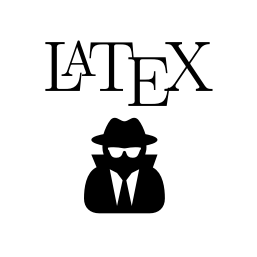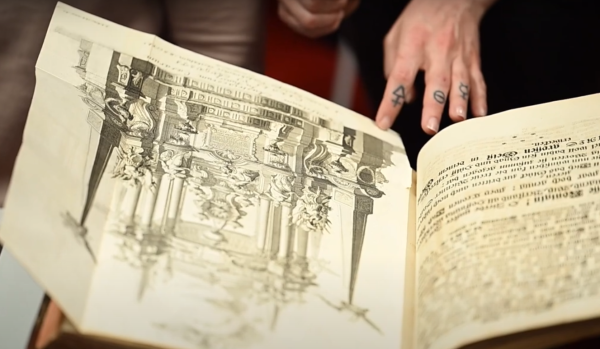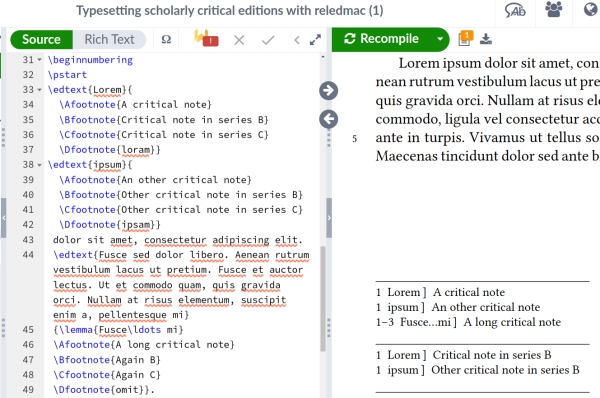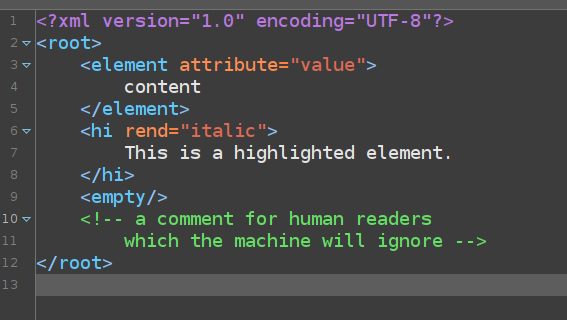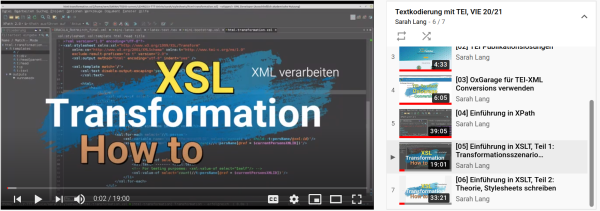My non-DH colleagues and friends ask me more and more often if I think they should start doing Digital Humanities and if yes, where to start? Since this seems to be an interesting topic for many, I thought I’d quickly elaborate on it. Disclaimer: Even though I’ll put on my “career advisor” hat right now, I want to remind you that I am in no way qualified to advise you on your career. So if it all goes downwards from now, I am not the one to blame. All opinions are my own and should be treated as such. So, now we got the legal part over with (essentially: don’t sue me), let’s get to my opinion on the topic. I think it is out of the question whether you should start doing DH. In my prognosis, almost all Humanities research is going to be at least part DH in the near future. If you ask me. And you did.
read more Should I start doing DH?
